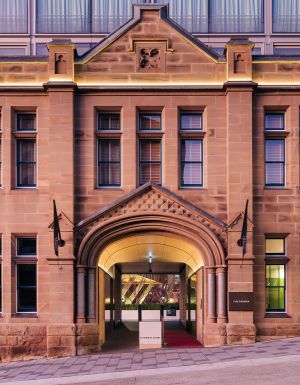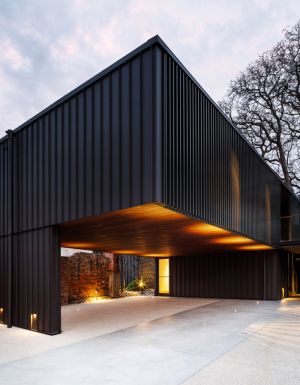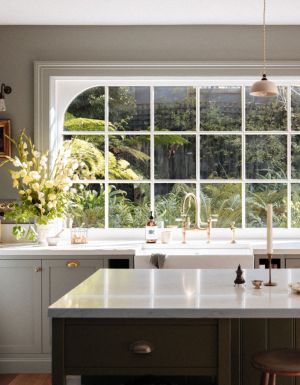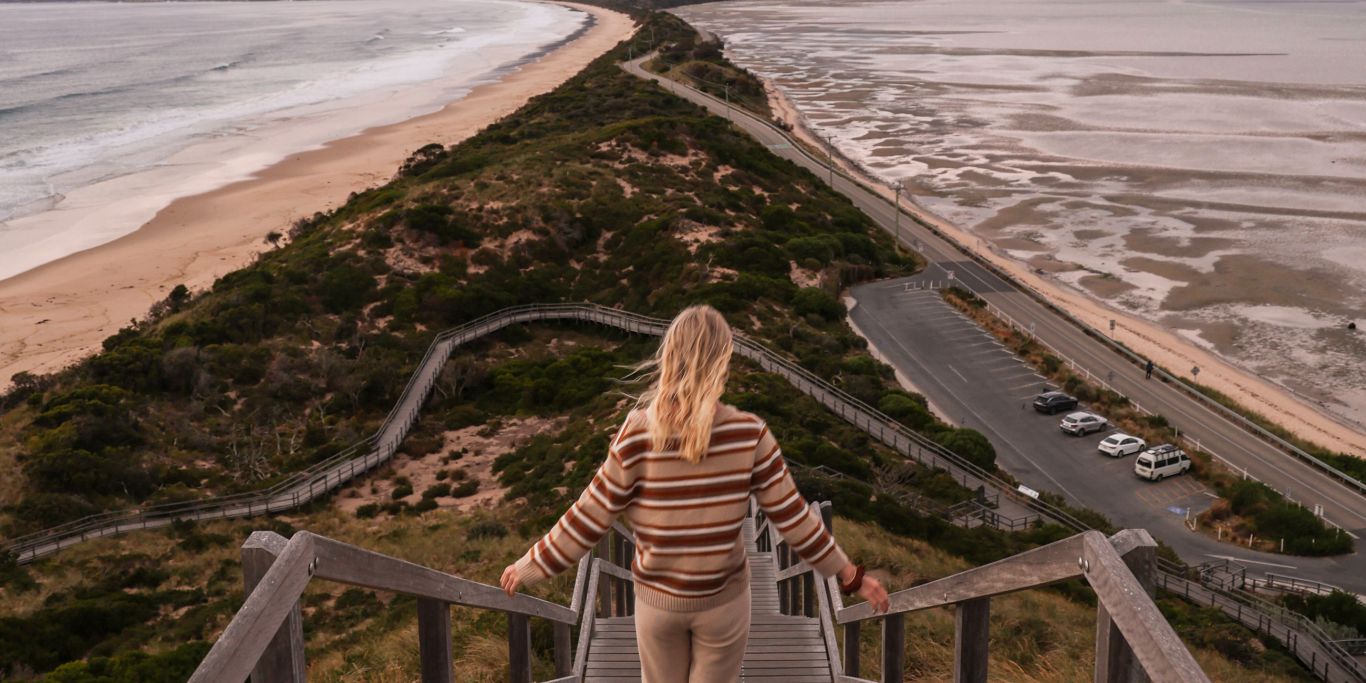Tasmania’s amazing giant kelp forests may be all but gone, but there’s still endless life among the weeds. Snorkels at the ready, here’s how you can experience it.
Imagine yourself flying through a forest, like in Avatar, and that’s exactly what scuba diving among the giant kelp off Tasmania is like. Or, at least, what it was like before the forests died, says Tasman Peninsula dive operator Mick Baron.
“Looking up and the sun [is] reflecting through, the light is dissipating through the leaves; it’s really, cool," Mick says softly, momentarily transporting himself back to the underwater world he calls home. Mick is co-owner of Eaglehawk Dive Centre , and diving among the giant kelp (Macrocystis pyrifera) has, until recently, been a large part of his business and a major draw for ocean-lovers to Tasmania.
The kelp demise
“The forest was the canary in the mine – an indicator that something was wrong," says Mick, who has been banging on about the kelp’s demise for years. He, and others, blame climate change and, more specifically, warmer, nutrient-poor waters travelling down the East Australian Current into Tassie’s cold-water environment.

Combine this with an influx of sea urchins, which now have warm enough temperatures to survive and thrive, and there is little hope for the seaweed beds. As is often the case, climate change has a ripple effect, impacting other marine species as well as the tourism industry. But the kelp isn’t the death warrant for Tassie’s ocean operators; there’s still plenty to see, they say.
Simple pleasures: meet the Australian fur seals
Being among kelp is a special experience, even if it’s not Macrocystis. Waltzing with the ocean’s undercurrent, I find golden bull kelp mesmerising as I snorkel beside the sea cliffs near Cape Hauy on a Wild Ocean Tasmania expedition. Above the water, thick strands nest together in what look like sea beds for barking seal calves.
Below, the seaweed dances this way and that as tiny invertebrates brush aimlessly past. A long-nosed fur seal pokes its face toward the kelp, as if searching for food behind the shimmering curtains.
An Australian fur seal steals my attention as it torpedoes through the cool water, leaving a ‘soda’ stream in its wake. A peaceful, beautiful experience, this surely has to be just as special as diving among the forests, I think as I lie on a semi-submerged platform, ensconced in a drysuit.

Also based out of Eaglehawk Neck, Wild Ocean Tasmania offers the chance to meet the seals, with little intrusion. Although founder Damian Connor insists he’s no scientist, he’s a strong advocate for the environment and has witnessed the demise of the giant kelp.
“For us, it wasn’t a big focus business-wise but it’s definitely going to play a major role in the changing of this environment, which is super sad," he says.
Down to business: in search of weedy sea dragons
When Damian started tours in 2014, he would take guests snorkelling among the kelp as an extra when the seals were frightened off by a predator. Still, he receives frequent enquiries from tourists wanting to swim through the ethereal forests. When Eaglehawk Dive Centre fields such queries they point visitors toward other underwater opportunities, such as diving with weedy sea dragons.
“There’s no doubt about it, our dragons are really unique. They’re very big compared to ones on the mainland and the colours are really intense – strong reds, yellows and blues," says Mick.
Although Eaglehawk Dive Centre no longer offers the kelp diving, there are still small patches of forest around South Bruny and off the West Coast, but no tourism operations there. On remote King Island, seaweed is harvested mostly for use in fertilisers and food, but this is bull kelp.
The future of kelp, in general, appears to be in the hospitality and health-care sectors – it’s slowly gaining momentum as a great source of vitamins and minerals. But that’s another story.
How to experience kelp
– What to do: Wild Ocean Tasmania’s Seal & Ocean Expedition charter includes snorkelling with fur seals and bull kelp. At Eaglehawk Dive Centre, you can still get a kelp experience when searching for weedy sea dragons.
– Where to stay: The best base is Tasman Peninsula, where all the action is. Accommodation is primarily holiday homes and camping.
– How to get there: Tasmania is a great self-drive state and you can get the Spirit of Tasmania ferry from Melbourne to Devonport, or fly to Hobart and hire a vehicle.














